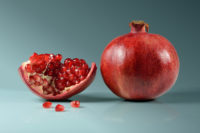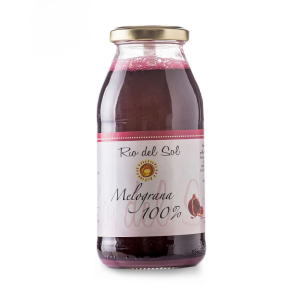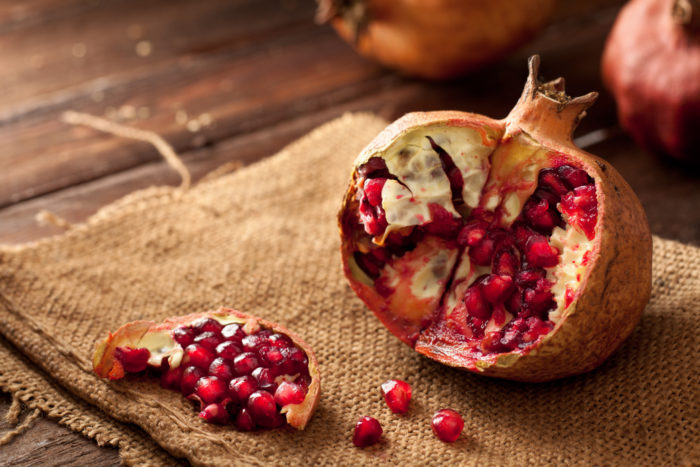
We need vitamins. We need food and drink that give us what we need for a healthy life. Especially in times of Covid. Sood is betting on the introduction of a special drink to the Dutch market. Pomegranate juice.
This is a fruit that comes from far away. From the East. The pomegranate (or pomegranate) is a berry (called Balausta) with a very tough consistency, a very hard and leathery skin, round or slightly elongated shape. Some juices can be very sweet, others more acidic. As a rule, the flavour is intermediate, with a sweet base, an acidic base, and a slightly bitter and astringent tone given by the tannic component of the aril.
FEW CALORIES AND MANY ANTIOXIDANTS – Very rich in water (78%), the pomegranate has an average carbohydrate content (13.5%), while the lipid and protein content is low. The quantity of fibre is good (4%). “There are numerous minerals (primarily iron and potassium, but also zinc, manganese, copper, phosphorus, magnesium, sodium, selenium and calcium), as well as vitamins, with a large number of B, A, C (a single pomegranate can contain up to 20% of the entire daily requirement), E and K vitamins. In addition, the pomegranate fruit provides benefits thanks to numerous beneficial substances and active ingredients, primarily several antioxidants (it is among the richest fruits in antioxidants), such as flavonoids, ellagic and gallic acids, and quercetin,” she specifies. It is also a low-calorie fruit, containing only 65 calories per 100 grams of product.
ANTI-TUMOR – “One of the best known properties of the pomegranate is undoubtedly its anti-tumour action, thanks to the presence of tannins and polyphenols, which can protect against the genesis or progression of various types of tumour, in particular prostate and breast cancer, by inhibiting or reducing, in the latter case, through the specific action of ellagiotannins, the activity of aromatase, an enzyme important in the synthesis of oestrogen”.
Again in relation to breast cancer, which we have also discussed in relation to the role of soya, pomegranate is also a natural adaptogen, able to regulate oestrogen levels, increasing them when the body needs them, or blocking them when levels are too high. The anti-cancer activity of pomegranates also appears to be effective against skin cancer: ‘Anthocyanins are able to effectively counteract the damage caused by UV radiation, thus providing protection against this form of cancer.
ANTIBACTERIAL AND ANTIPHYMATIC – As said before, thanks to the presence of tannins and ellagic acid, pomegranate fruit has an
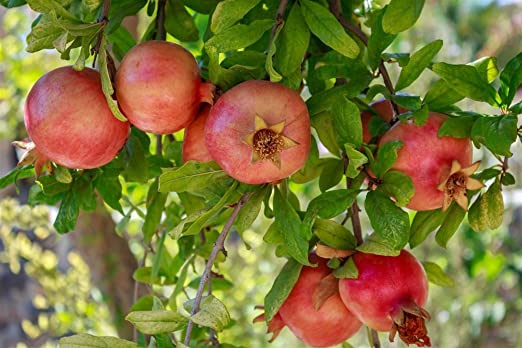
important antibacterial and anti-inflammatory activity, capable of fighting infections caused by bacteria and parasites, that affect the gastrointestinal tract (e.g. salmonella and Escherichia coli) and the respiratory and urinary tract (e.g. staphylococcus aureus and Pseudomonas aeruginosa).
DEPURATIVE AND BENEFICIAL FOR THE INTESTINE – Being a food rich in fibre, which is also present in the juice, it exerts beneficial effects on the intestine, favouring peristalsis and, therefore, the elimination of faeces, so it is particularly useful in cases of constipation. Also at the gastrointestinal level, ‘pomegranate fruit has a protective effect on the gastric mucosa, relieves nausea and helps combat haemorrhoids,’ the nutritionist points out. The good amount of potassium has an important depurative effect, promoting diuresis and, with it, the elimination of waste and toxins. Potassium is also useful in regulating blood pressure, so the pomegranate is recommended for those suffering from hypertension.
ANTIOXIDANT – The pomegranate also protects the heart and the entire cardiovascular system, because it is able to reduce the risk of atherosclerosis, “by fighting LDL cholesterol, thanks to the presence of ellaic acid, a powerful antioxidant that is not found in any other food in nature, and further supporting cardiac function”. The abundance of antioxidants also makes the pomegranate fruit an excellent ally against free radicals, protecting us from the ageing process by promoting cell regeneration and tissue repair. She specifies that “in this sense, it is particularly useful in slowing down the epidermal ageing processes, also reducing hyperpigmentation, spots and age-related skin wrinkles. On the epidermal level, the pomegranate is also useful in cases of acne and oily skin, alleviating these disorders. Finally, the pomegranate fruit appears to prevent certain degenerative diseases of the nervous system, such as Parkinson’s disease and Alzheimer’s.
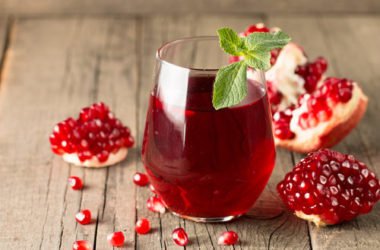
USES IN THE KITCHEN – This autumnal fruit is excellent eaten as it is, but it is often sold in the form of pomegranate juice or jam, which are considered more convenient to consume than the fresh fruit. The juice is made by pressing the inner kernels, so it retains all the pomegranate fruit’s active ingredients and beneficial properties. “It is also very easy to prepare at home, as you can use a simple juicer to make it,” she points out. “However, if you prefer the fruit as it is, it is advisable to open it up and consume the seeds inside directly, eating them simply with a teaspoon (seasoning with lemon juice) or adding them to a yoghurt or fruit salad.
Because of its delicate, slightly acidic flavour, recipes with pomegranate can be both sweet and savoury: “In the latter case, pomegranate seeds go very well with red cabbage or cereal salads, particularly spelt and couscous, adding dried fruit, sultanas and a few seeds of goji berries”.
Given the properties of the pomegranate, how do you recognise a ripe, ready-to-eat fruit? The nutritionist admits that figuring this out is difficult, “but it is always good to choose fruit that is not too red, which would mean that the seeds inside are too ripe. The ideal is a uniform bright colour, but not too dark. Once the pomegranate has been opened, however, a good degree of ripeness can be recognised if, by hitting the fruit with a spoon, the seeds fall out by themselves. If this does not happen, it means that it is not fully ripe, but it can still be eaten by crunching it with a spoon.

